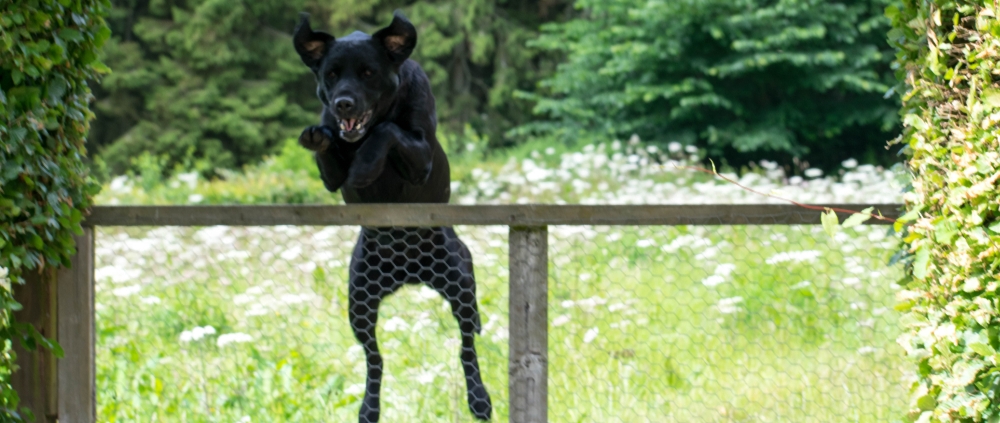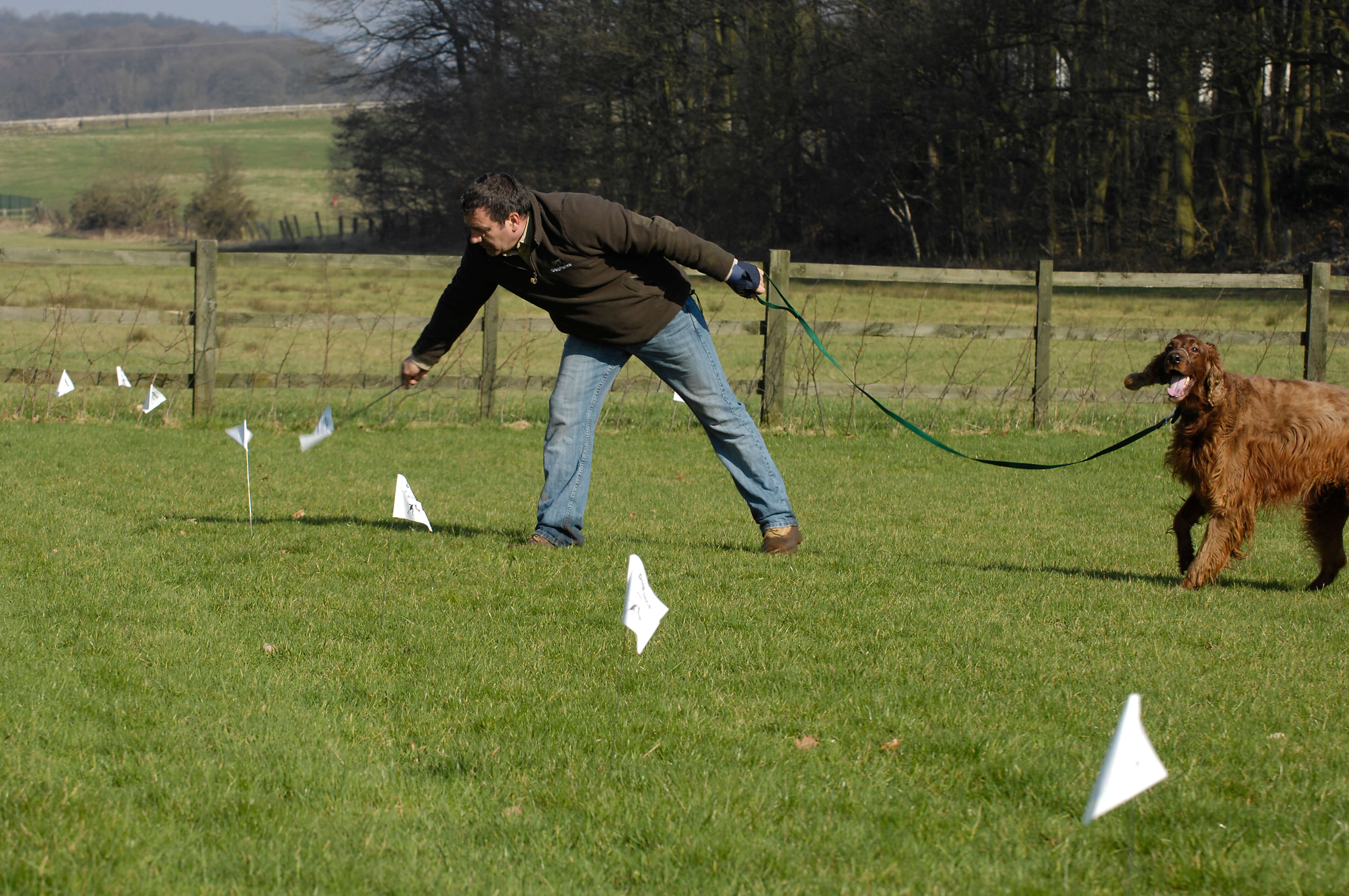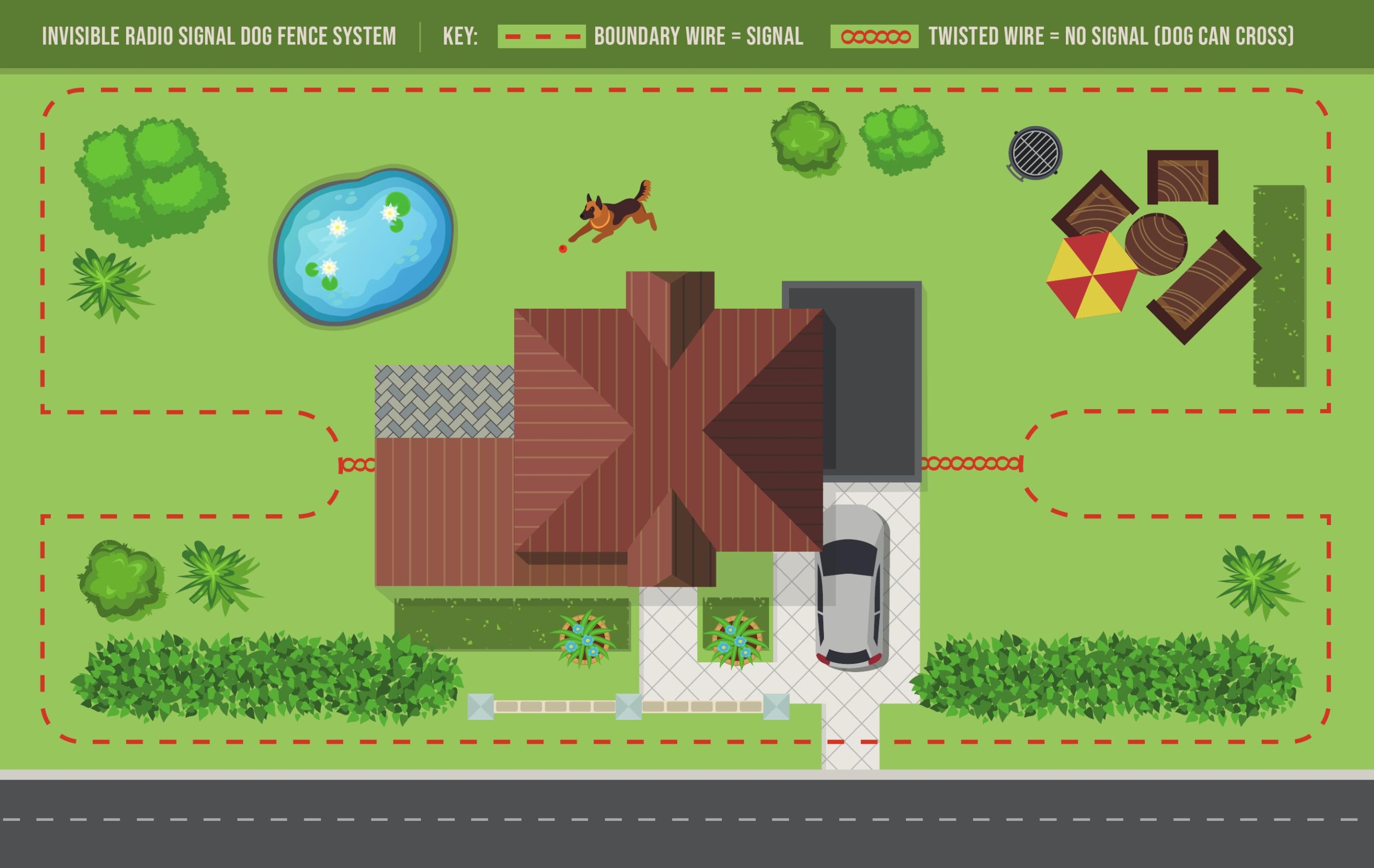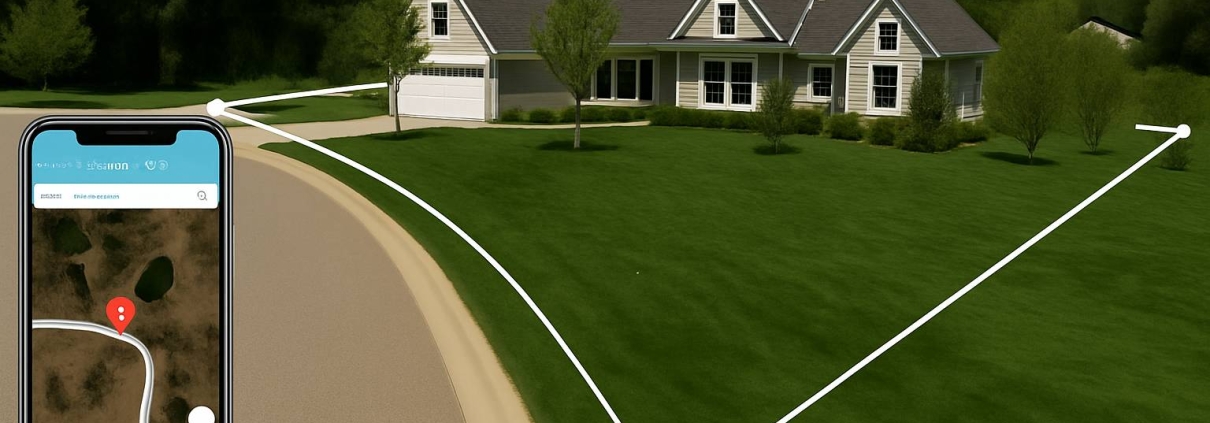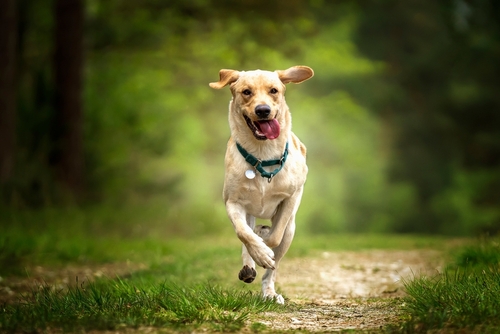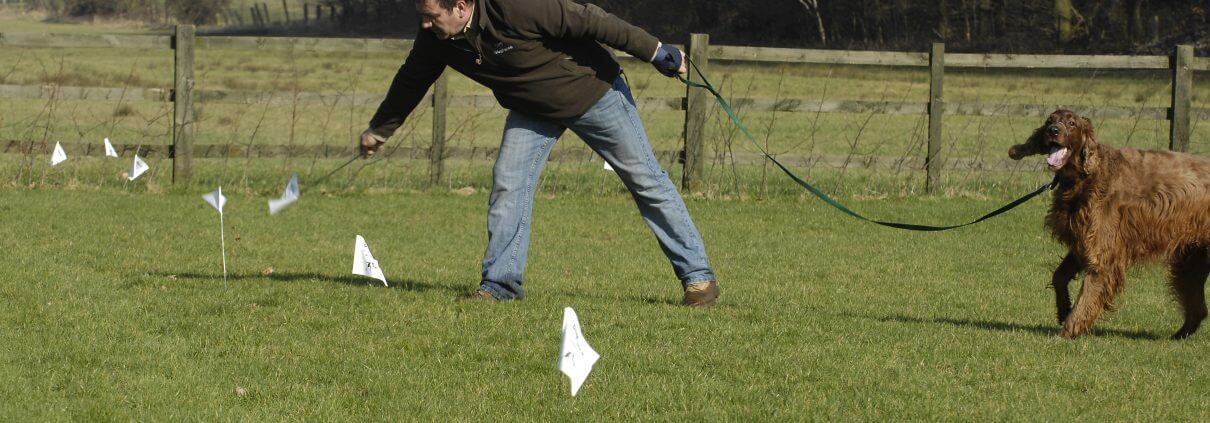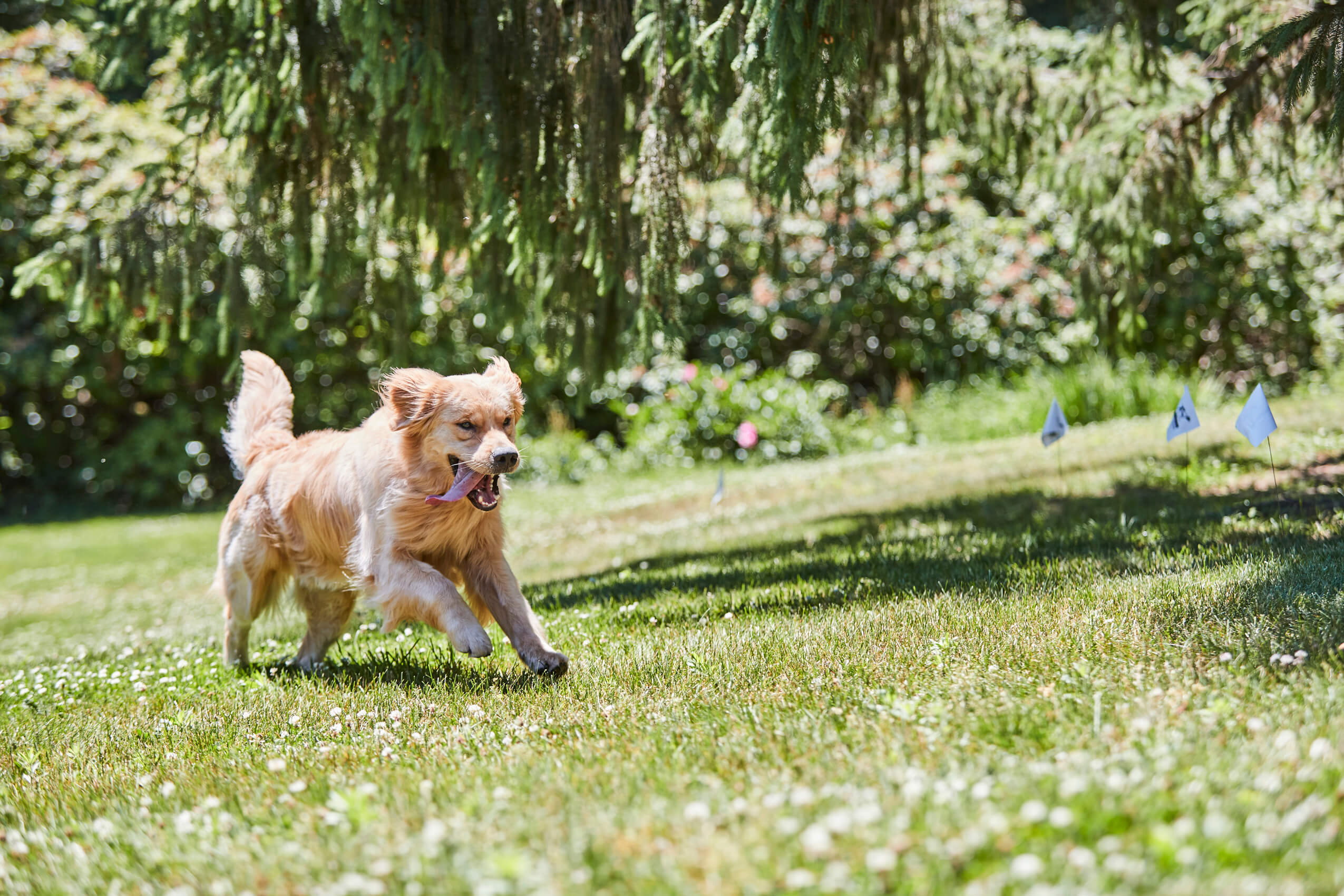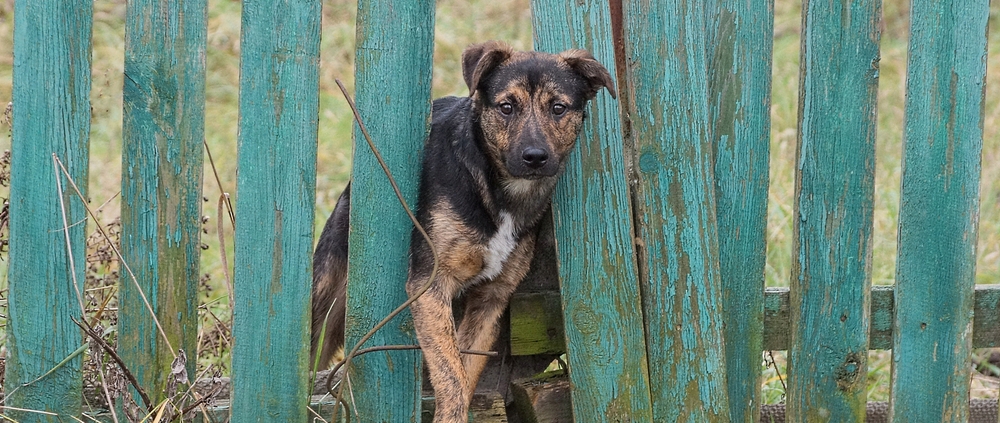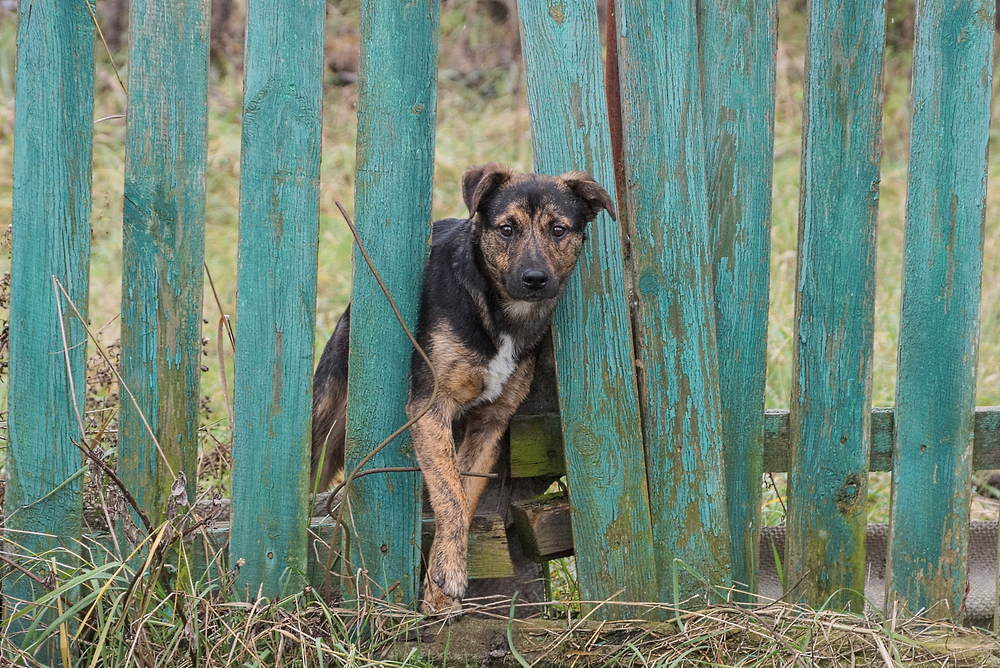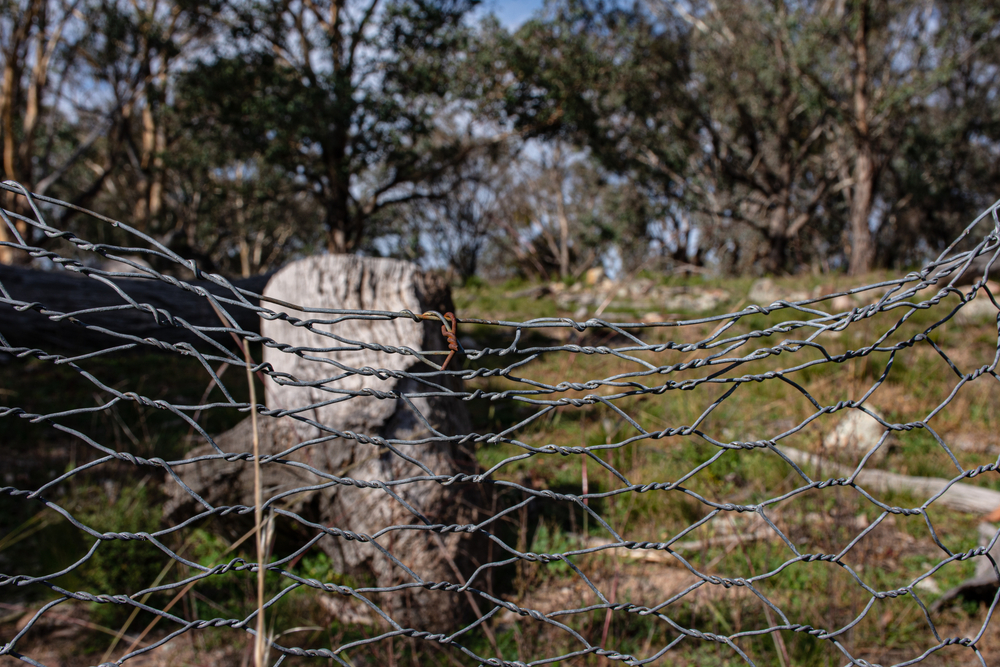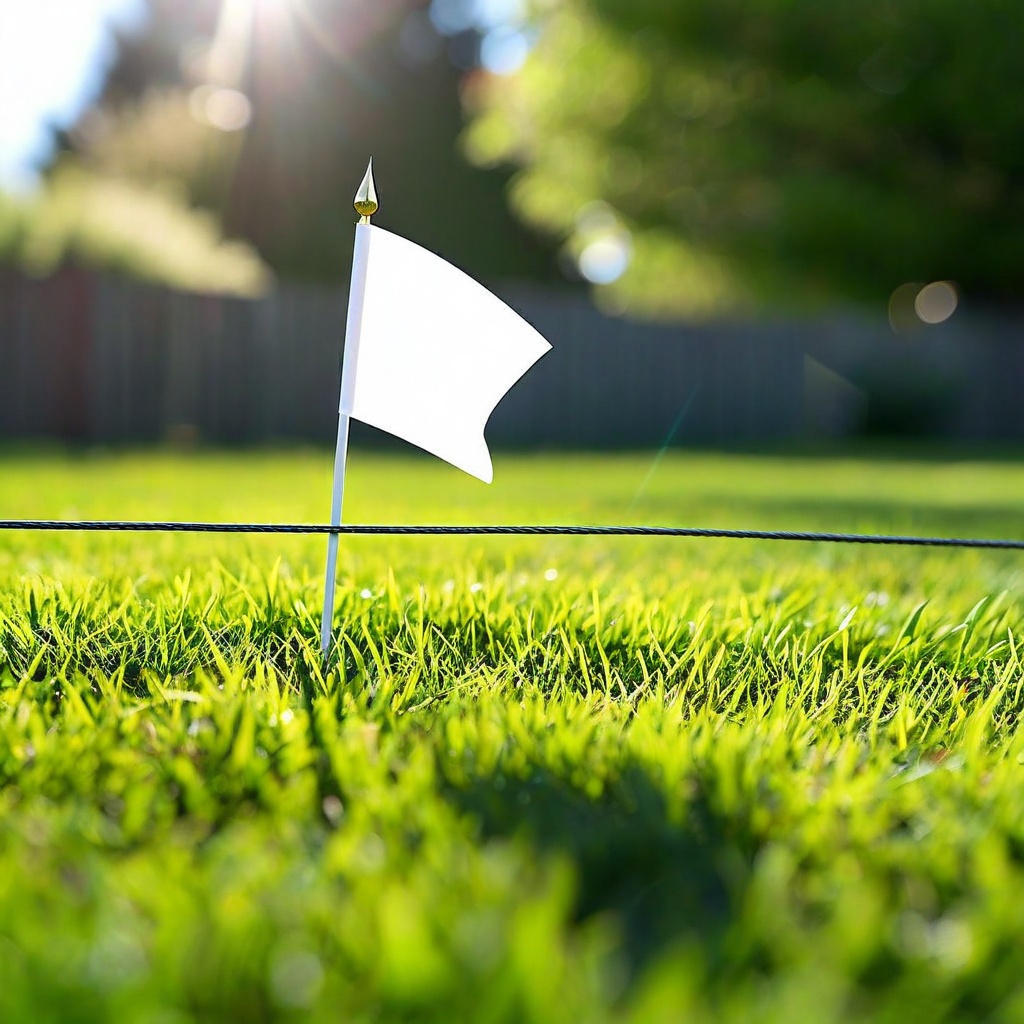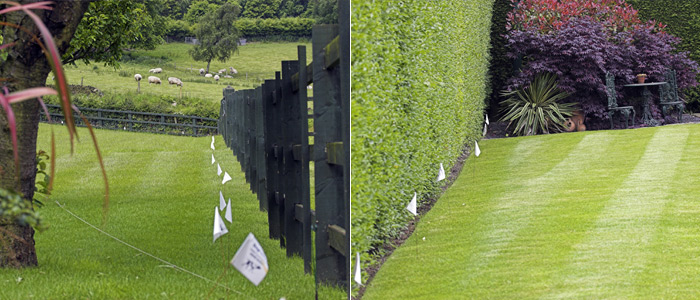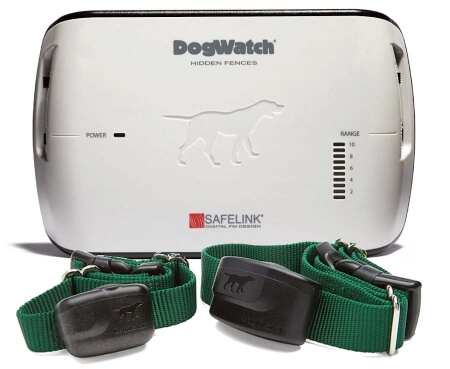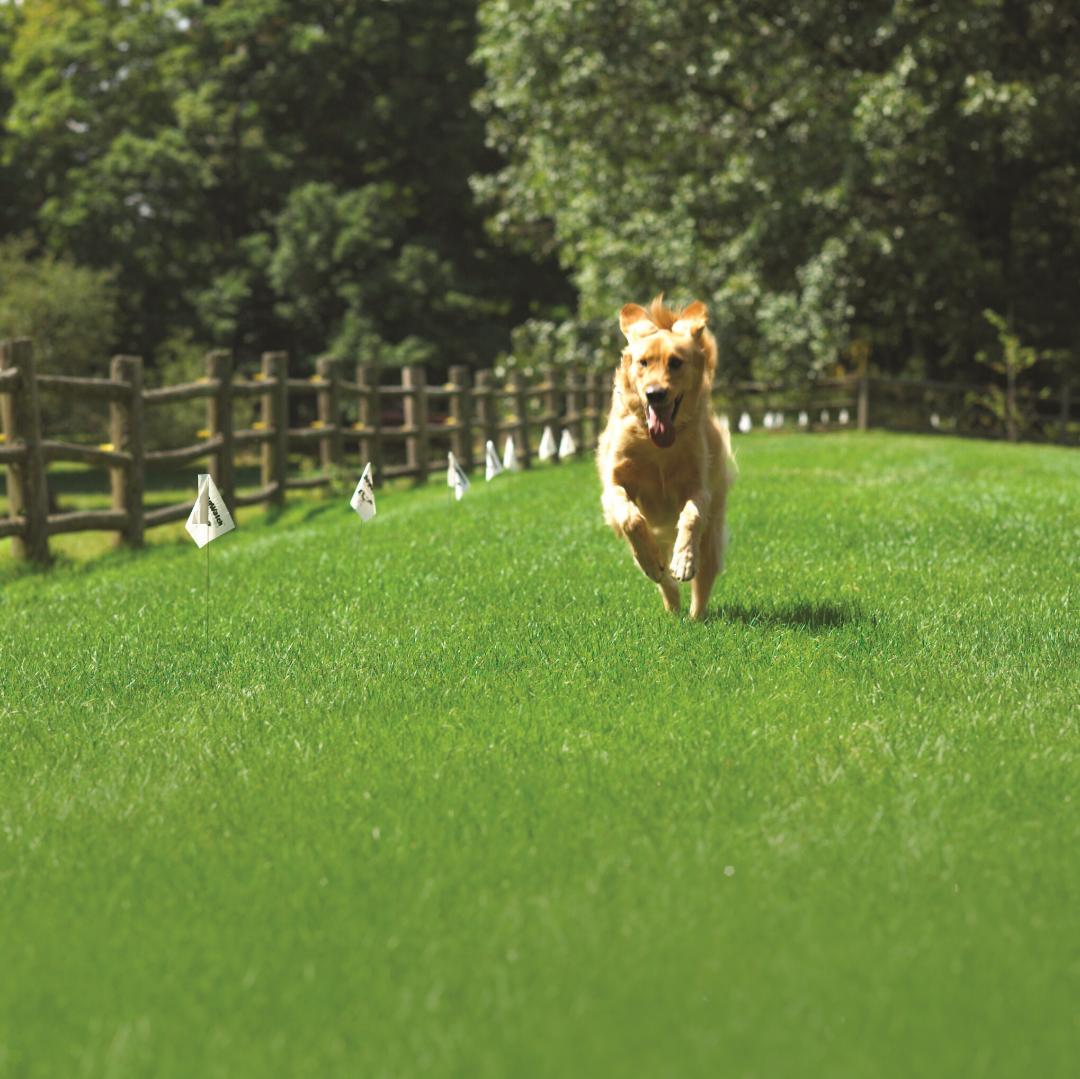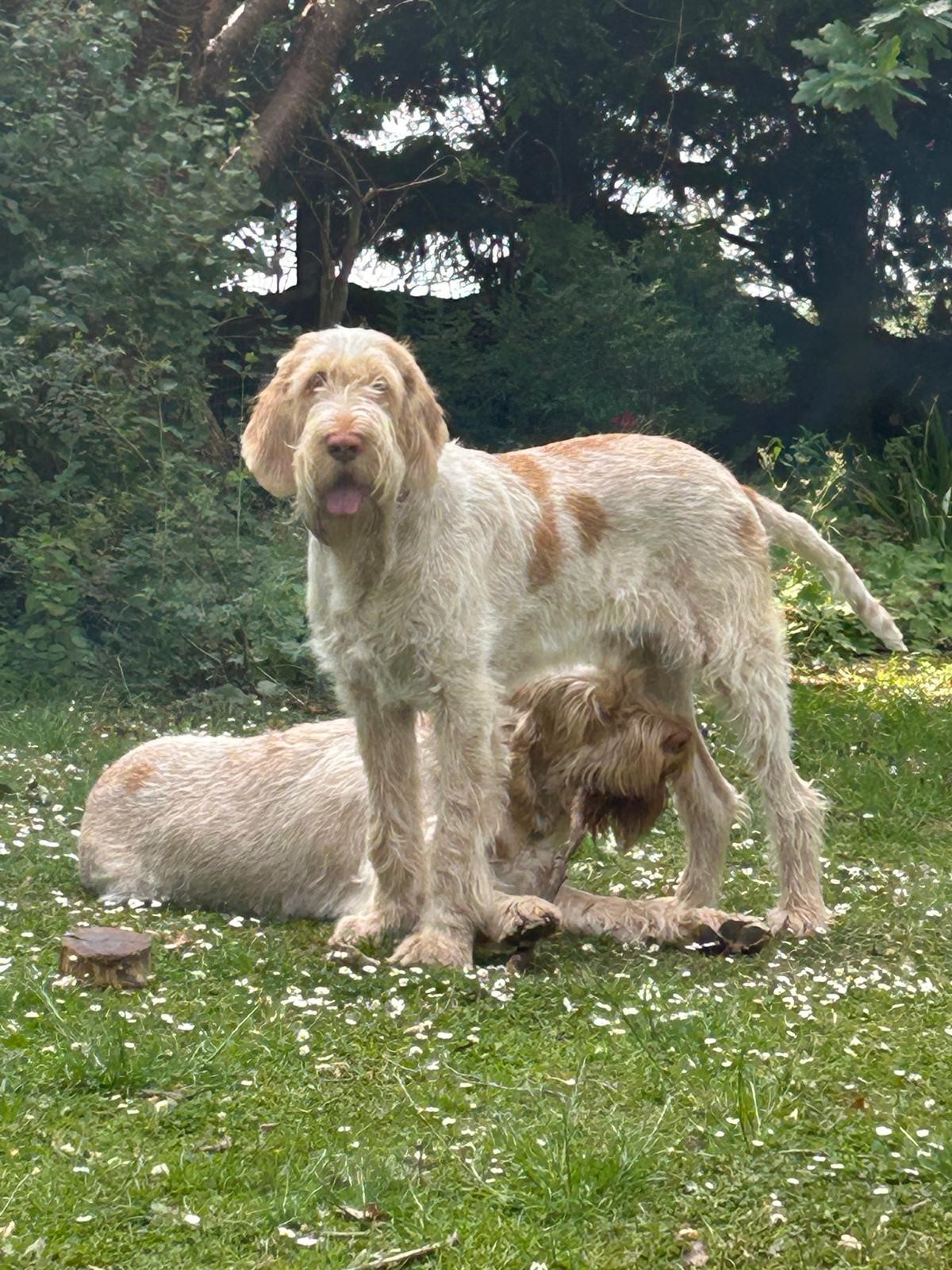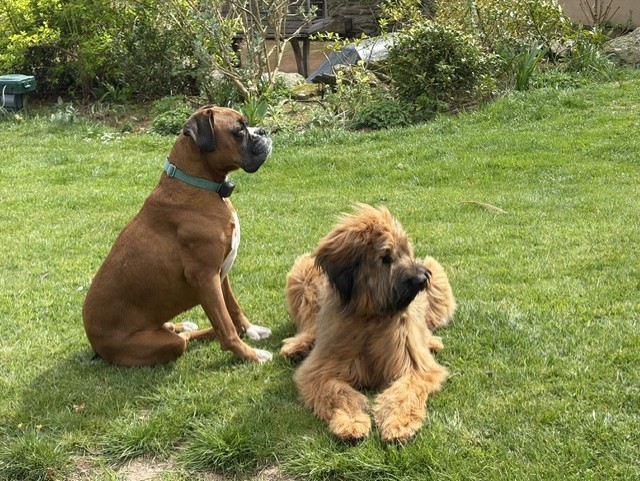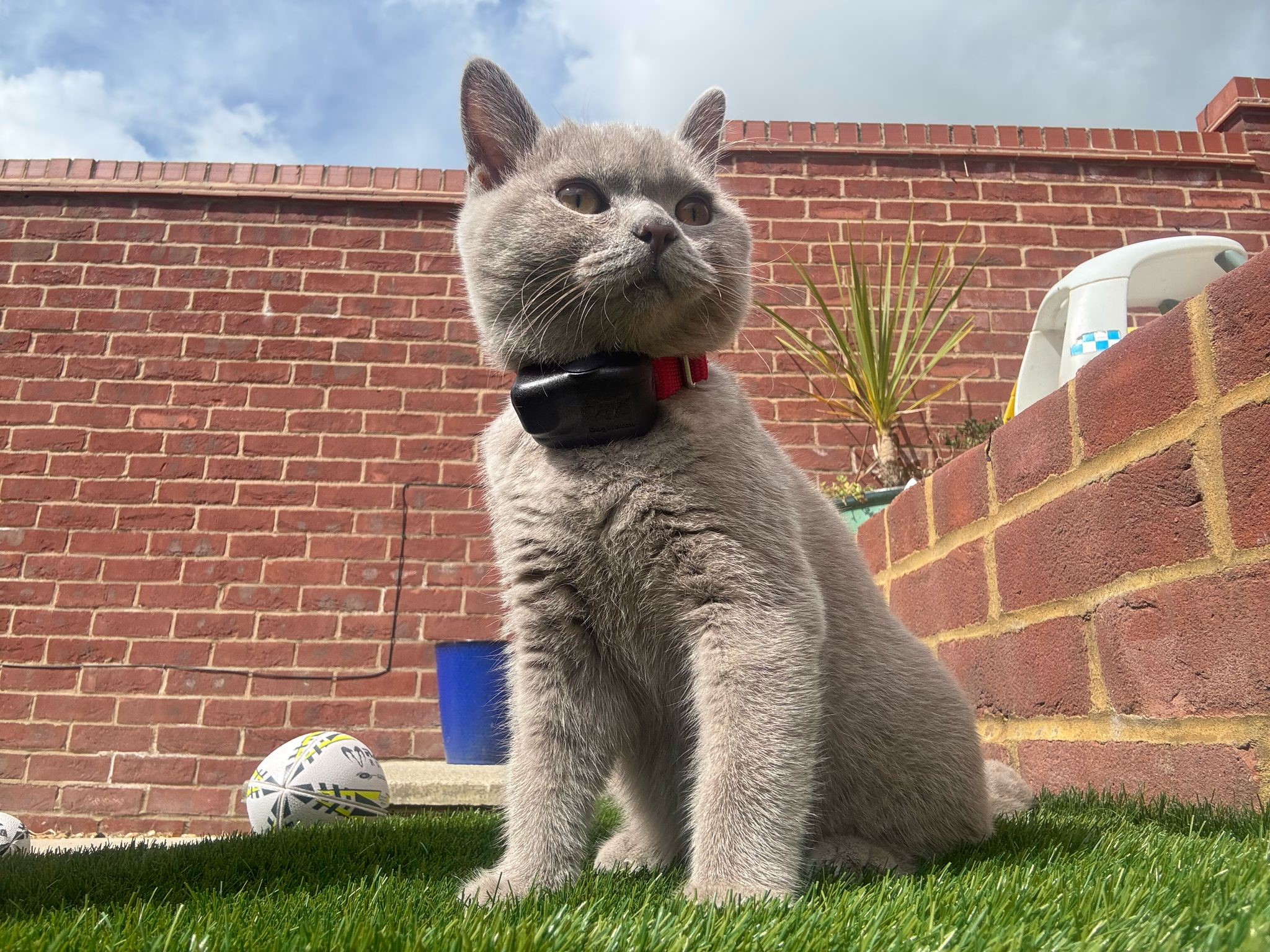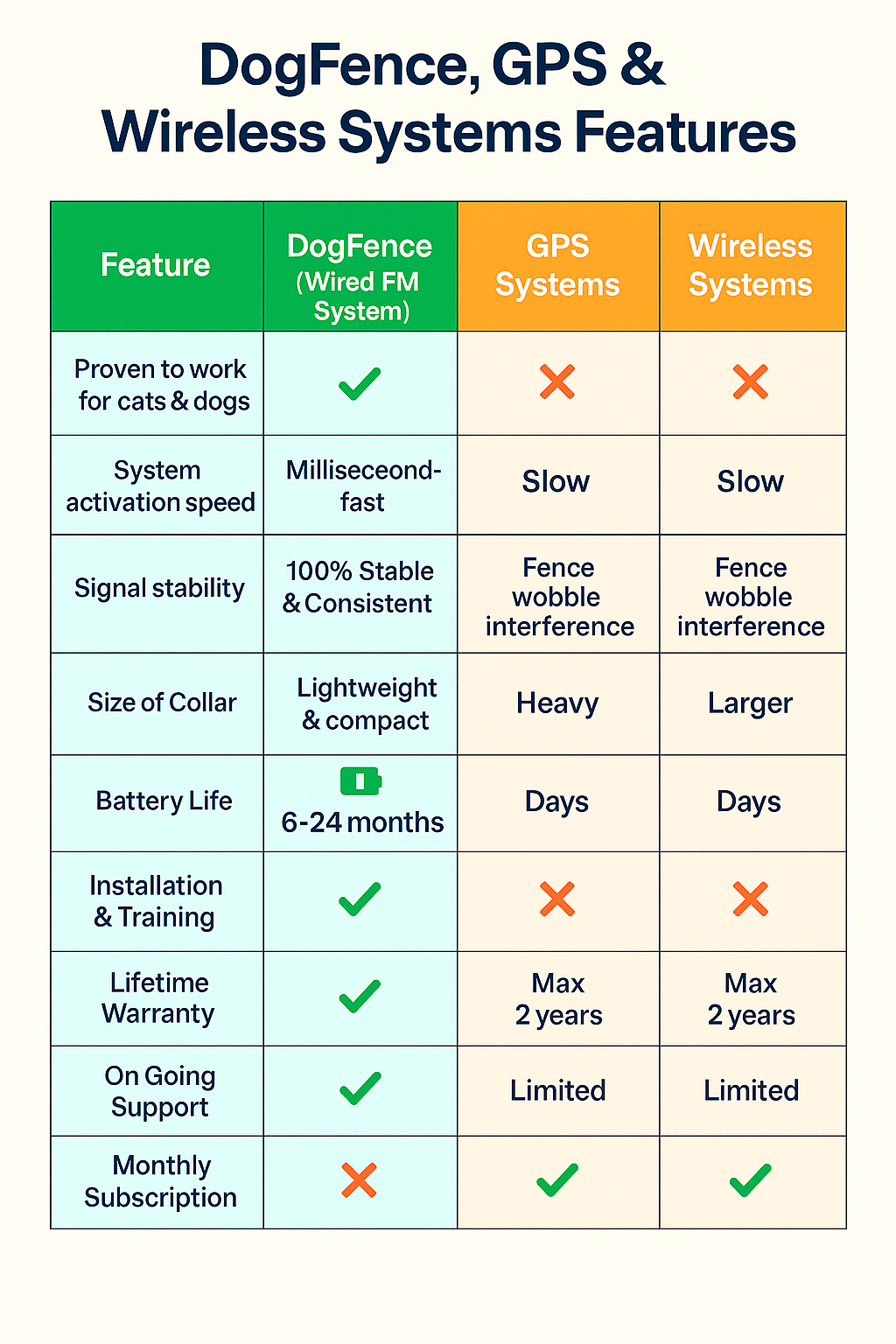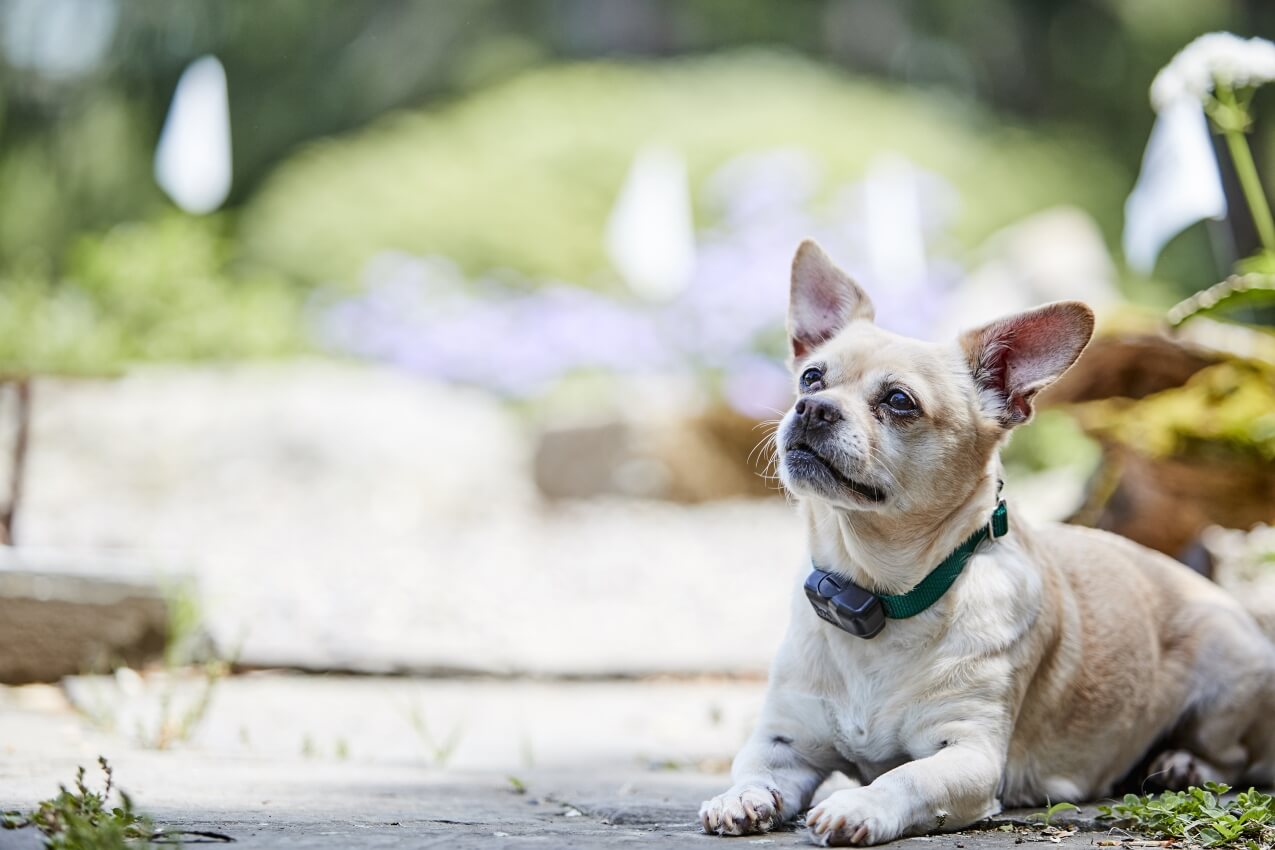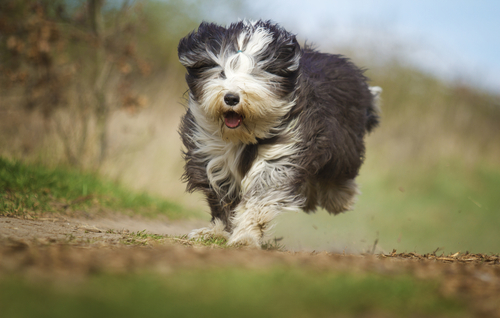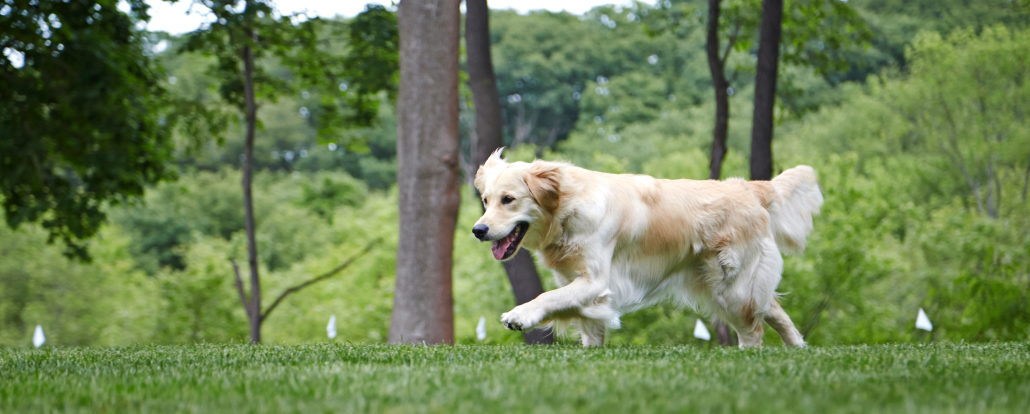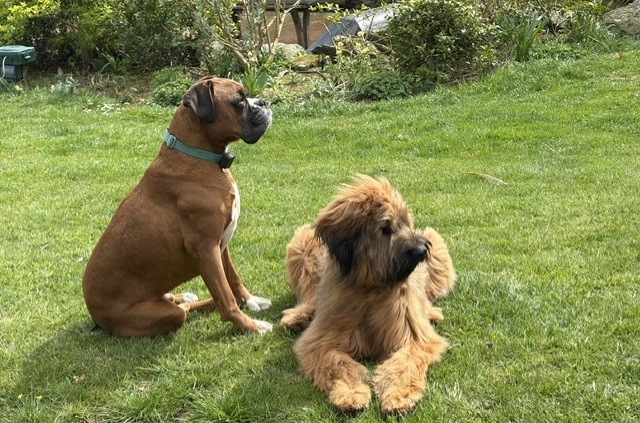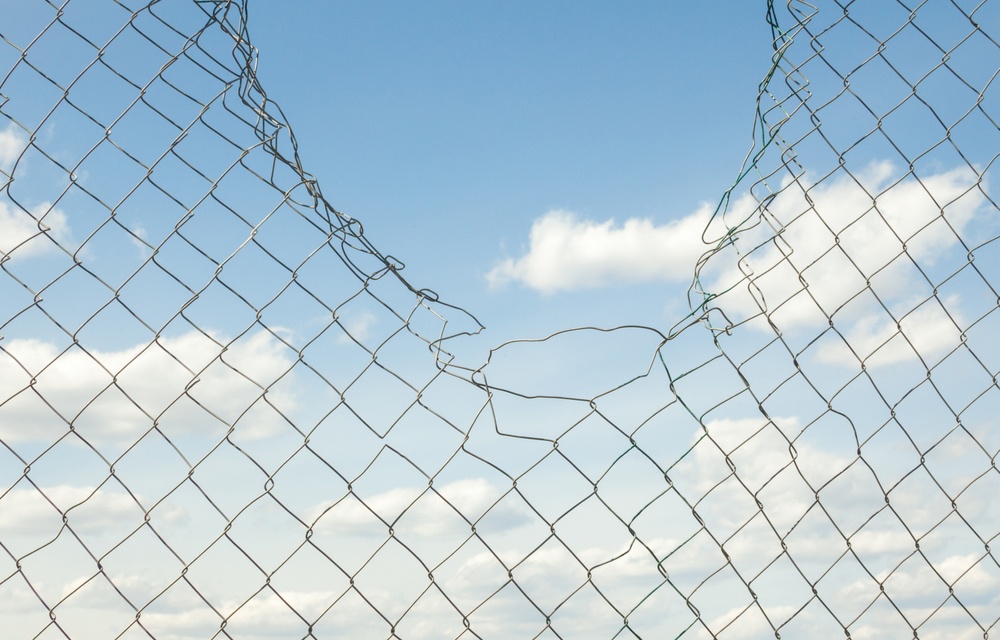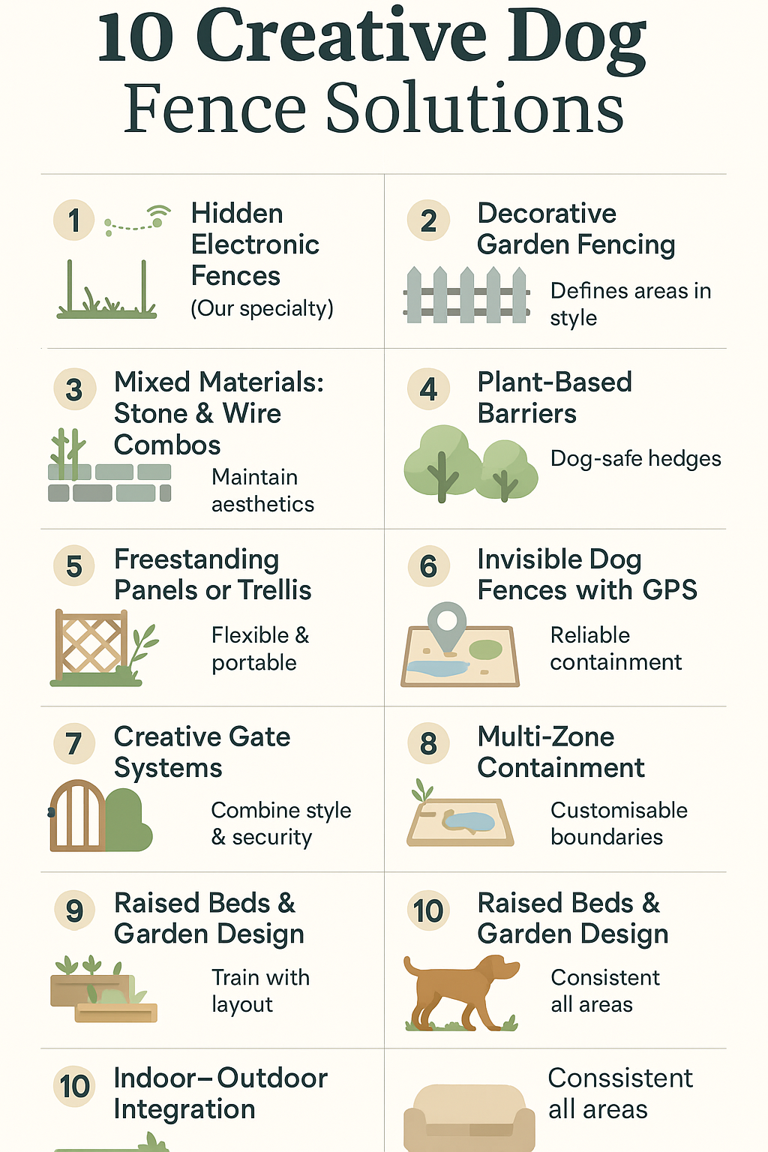How to Install a Dog Fence Wire Across Your Driveway
How to Install a Dog Fence Wire Across Your Driveway?
Dog fence wire for driveways is installed either by cutting a narrow groove into hard surfaces like concrete, tarmac, or block paving, or by burying it neatly under soft ground such as gravel, grass, or dirt. Once installed and sealed, the wire is invisible, fully protected, and safe to drive over, ensuring your electric dog fence system keeps working without affecting the look or function of your property.
Many pet owners ask us: “How will the dog fence wire cross my driveway without being damaged or visible?” The answer is simple: the wire is either slotted neatly into hard surfaces or buried under soft ground. Once installed and sealed, it’s completely invisible, fully protected, and 100% safe to drive over — even with heavy vehicles.
This process ensures your electric dog fence system keeps your pets safe without spoiling the look or function of your property.
How Dog Fence Wire for Driveways Is Installed
1. Hard Surface Driveways (Tarmac, Concrete, Block Paving) – Installing Dog Fence Wire for Driveways
For solid surfaces like concrete, tarmac, or block paving, our installers use a professional concrete cutting machine with a diamond blade to make a very fine groove across the driveway.
-
Tarmac / Concrete: A shallow slot is cut, the boundary wire is placed inside, and then sealed with exterior-grade silicone or
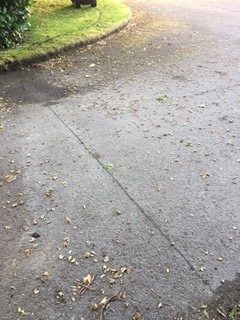
A shallow groove is cut into the driveway and the dog fence wire sealed with resin, leaving the surface neat and protected.
resin. Once weathered, the line becomes almost invisible.
-
Block Paving: We use existing expansion joints where possible. If none are available, tiny cuts are made between blocks, sealed carefully for a tidy, long-lasting finish.
Once the wire is in place, the cut is sealed with a colour-matched filler, blending into the driveway while protecting the cable from vehicles, frost, and daily wear.
This professional installation method ensures the dog fence wire for driveways is both invisible and durable. Once sealed, the cut blends seamlessly into the surface, leaving no raised edges or visible joins. The result is a tidy, long-lasting finish that keeps your driveway looking great while guaranteeing the wire stays protected from cars, frost, and daily wear.
2. Soft Surface Driveways (Gravel, Grass, Dirt) – Burying Dog Fence Wire for Driveways
On softer ground, installation is simpler. We use a professional cable plough to create a narrow, tidy channel just a few centimetres deep. The wire is placed inside and the surface back-filled, leaving no visible trace.
-
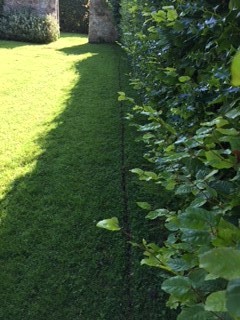
On soft ground such as grass, the dog fence wire is buried a few centimetres deep, keeping it invisible and secure.
Gravel: The wire can be buried directly beneath or protected further inside a conduit.
-
Grass / Dirt: A shallow trench is cut and closed neatly over the wire, keeping it invisible and secure.
This method ensures the dog fence wire stays safe, out of sight, and unaffected by foot or vehicle traffic.
Installing dog fence wire across soft driveways like gravel, grass, or dirt ensures the boundary remains invisible yet durable. By burying the cable a few centimetres beneath the surface, the wire is fully protected from foot traffic, lawnmowers, and vehicles. Once back-filled, there’s no visible trace, leaving your driveway or lawn neat while still providing a safe and secure boundary for your pets.
Why Professional Installation Matters
While it might sound straightforward to bury a wire, the long-term reliability of a dog fence for gardens often depends on how well the driveway crossing is handled. Professional installation ensures:
-
Durability: The cable won’t be crushed by car tyres or disturbed by frost.
-
Reliability: Prevents wire breaks that could interrupt the system and compromise pet safety.
-
Discreet Finish: Avoids unsightly patches or repairs caused by poor DIY installation.
At DogFence Ltd, our experienced team uses specialist equipment and heavy-duty cable to guarantee a secure, invisible, and lasting installation. With our professional service, you can be confident your driveway remains functional and attractive — while your pets stay safe.
Want to Learn More About Professional Dog Fence Installation?
Thousands of UK pet owners trust DogFence Ltd to keep their dogs safe with invisible, outdoor dog fences that are reliable, discreet, and backed by a lifetime warranty.
Want to learn more about how to install the dog fence wire across the driveway?
Join thousands of UK pet owners who trust DogFence to keep their dogs safe and secure at home.
Our systems are proven, reliable, and backed by a lifetime warranty.
Contact us today:
01628 476475
✉️ info@dogfence.co.uk
Chat with us on WhatsApp


